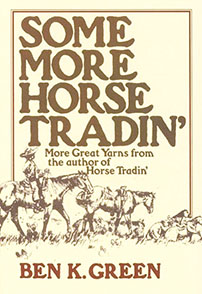Eight stories from different indigenous cultures. I thought they would all be older fables, but some had a distinctly modern feel. It was a very uneven read for me. I didn’t enjoy the first few much and was going to put it back on my return stack as ‘abandoned’. But then ended up waiting for something so idly picked this up to read anyway. Not very impressed. They’re all heavily illustrated (graphic novel format), each one by a different artist and that was nice for variety. However the quality varied a lot. Some it just seemed to be talking heads, looking at each other over and over, so I had a hard time following what was actually happening (because it seemed that nothing did). Others had beautiful, decorative and elaborate pictures that were a joy to look at, even if the story itself was very short, or without much text.
Well. There’s an origin fable that involves “two-spirit” people (of both genders) being told to a trans child (who in the picture look far too old to be sitting on someone’s lap for storytelling). A Chickasaw story about animals wearing beautiful coats and some envy others’ and the rabbit Chokti gets into a competition with Otter and looses his glorious bushy tail. I was so confused through most of this story wondering why in all the pictures (until the end) Rabbit had a tail like a fox or squirrel- because it didn’t preface with any kind of statement like ‘this is how Rabbit lost his tail’ or ‘when all the animals had beautiful coats Rabbit had a long fluffy tail’. Maybe I shouldn’t have needed that pointed out to me, but apparently I did. I had similar issues with some of the other stories- where I felt like part of the tale was missing, or the illustrations weren’t clear. Several I just thought: eh, what was the point? I did kind of like ‘Into the Darkness’ even though that one also seemed a bit pointless. My two favorites were ‘Rougarou’ about a child who finds a monster in the forest that can’t be looked at, and discovers how it came to be that way, and how to restore it to human form. And ‘By the Light of the Moon’ which was just about the moon falling in love with Octopus Woman, pouring his light all over her but it also infused smaller creatures which became bioluminescent. That one had really cool artwork by Alina Pete.
The stories are from Cree, Ojibwe, Taíno (Arawak), Navajo, Métis and S’Klallam traditions. The book is part of a series- Cautionary Fables and Fairytales- there’s one of Asian stories, one of European, etc. According to other reviews, the previous compilations were mostly of scary stories, so this one was a disappointment to other readers for that reason too.
Borrowed from the public library.
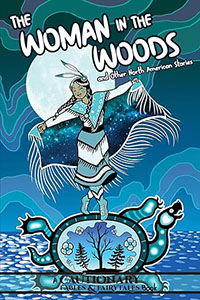
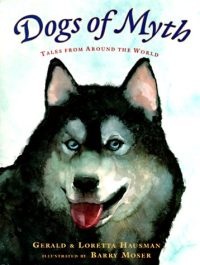

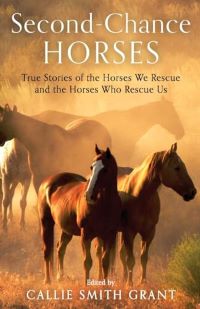

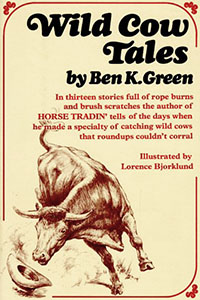 Well, I found a lot of it interesting, reading how he would utilize the landscape, the weather, and his knowledge of bovine behavior to do his job, usually solo (sometimes he had assistants or other help, but often not). There’s also some musings on how the beef industry and cattle breeding changed over the decades, how mechanized equipment affected his job as a cowboy, and small details about things like what type of rope is good for what task, etc. I enjoy Ben K. Green for an easy, lively read any day- right on par there with Gerald Durrell in my book (delivery and subject matter a bit different, but my pleasure in reading them very much of the same quality). My personal copy has the cover show top left of this post, but I also like this one which I found online, and the many illustrations by that artist Lorence Bjorklund in the interior. Most of the stories in here are good long chapters, some are just a few pages.
Well, I found a lot of it interesting, reading how he would utilize the landscape, the weather, and his knowledge of bovine behavior to do his job, usually solo (sometimes he had assistants or other help, but often not). There’s also some musings on how the beef industry and cattle breeding changed over the decades, how mechanized equipment affected his job as a cowboy, and small details about things like what type of rope is good for what task, etc. I enjoy Ben K. Green for an easy, lively read any day- right on par there with Gerald Durrell in my book (delivery and subject matter a bit different, but my pleasure in reading them very much of the same quality). My personal copy has the cover show top left of this post, but I also like this one which I found online, and the many illustrations by that artist Lorence Bjorklund in the interior. Most of the stories in here are good long chapters, some are just a few pages.